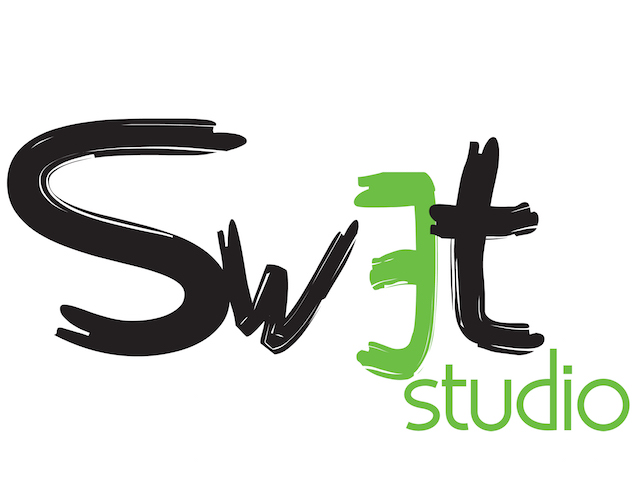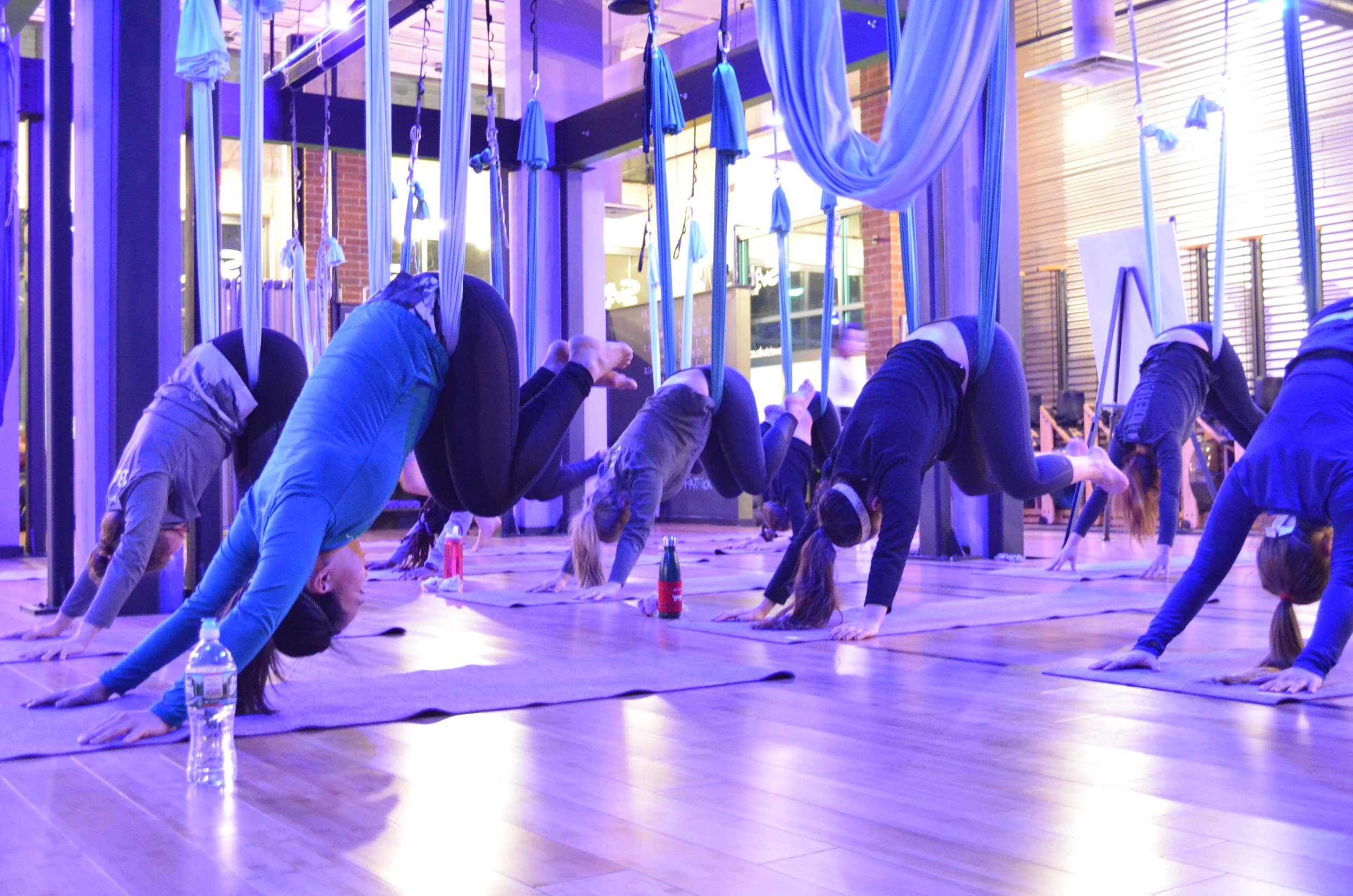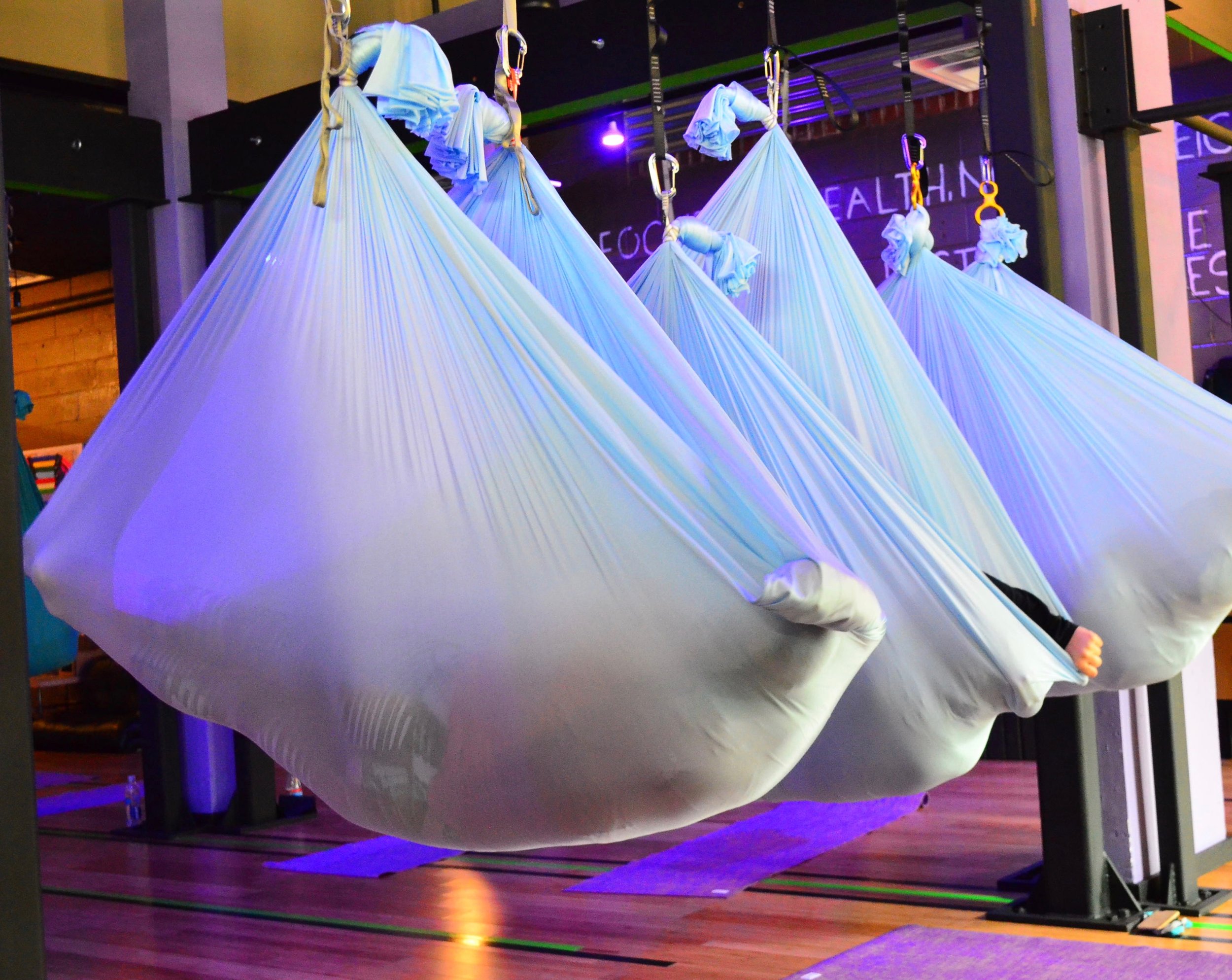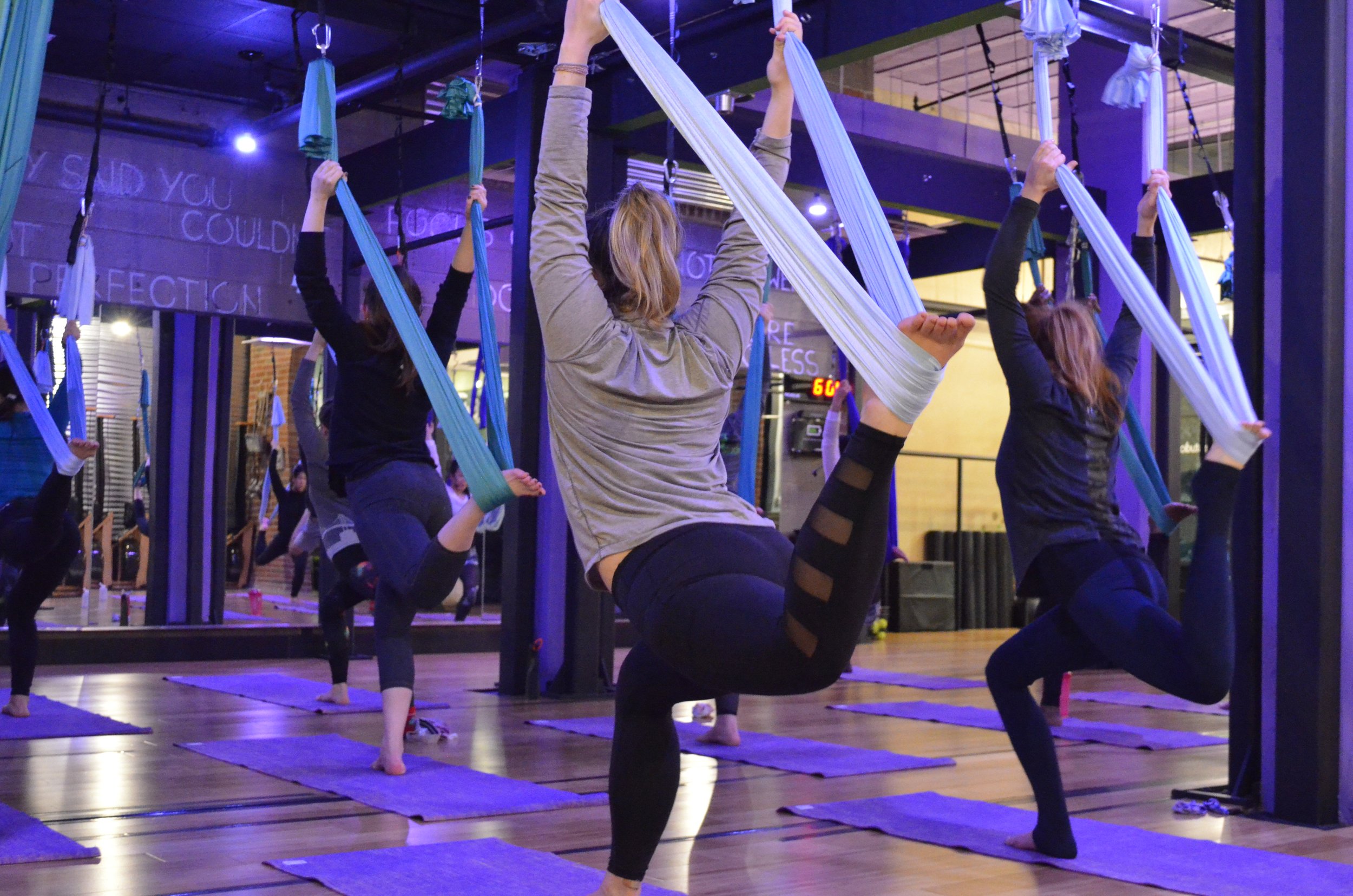Elevate Your Yoga Practice with These Aerial Yoga Poses
Are you tired of the same old yoga routine? Want to switch things up and try something new? Look no further than aerial yoga! Aerial yoga, also known as anti-gravity yoga, combines traditional yoga poses with the use of a hammock to create an entirely new experience. In this article, we'll explore what aerial yoga is, its benefits, and 7 aerial yoga poses to try at home or in a studio.
What is Aerial Yoga?
Aerial yoga is a unique form of yoga that incorporates the use of a hammock or silk fabric. The hammock is suspended from the ceiling, and practitioners use it to support their body weight in various yoga poses. The hammock allows for a deeper stretch and greater flexibility, as well as the ability to perform poses that may not be possible on the ground. Aerial yoga is suitable for all skill levels, from beginners to advanced practitioners.
Benefits of Aerial Yoga
Aerial yoga offers a variety of benefits for both the mind and body. The use of the hammock allows for a deeper stretch, which can increase flexibility and improve overall range of motion. Aerial yoga also provides a low-impact workout that can help improve cardiovascular health and build strength. The practice can also help reduce stress and anxiety, as well as improve focus and concentration.
Another benefit of aerial yoga is the ability to decompress the spine. The hammock allows practitioners to hang upside down, which can help alleviate back pain and improve posture. Aerial yoga can also improve balance, as many poses require you to maintain your balance while suspended in the air.
Aerial Yoga Poses for Beginners
If you're new to aerial yoga, it's best to start with some basic poses to get a feel for the hammock. Here are three beginner poses to try:
1. The Cocoon Pose
The cocoon pose is a gentle pose that can help you relax and unwind. To get into the pose, sit in the hammock with your legs crossed and your back against the fabric. Slowly lean back and allow the hammock to support your body weight. You can stay in this pose for as long as you like, allowing your body to fully relax.
2. The Flying Downward Dog Pose
The flying downward dog pose is a variation of the classic downward dog pose. To get into the pose, stand facing the hammock and place your hands on the fabric. Walk your feet back until your body is in an inverted V-shape. Your hips should be over the hammock, and your hands should be shoulder-width apart. Hold the pose for several breaths before releasing.
3. The Flying Pigeon Pose
The flying pigeon pose is a challenging pose that requires both strength and flexibility. To get into the pose, start in the flying downward dog pose. Bring your right knee to your chest and then place your right ankle on your left thigh. Slowly bend your left knee and lower your body until your right foot touches the ground. Hold the pose for several breaths before switching sides.
Intermediate Aerial Yoga Poses to Try
Once you've mastered the beginner poses, you can move on to more challenging aerial yoga poses. Here are three intermediate poses to try:
1. The Superman Pose
The superman pose is a fun pose that requires balance and strength. To get into the pose, lie face down on the hammock with your arms and legs extended. Slowly lift your arms and legs off the ground, keeping them straight. Hold the pose for several breaths before releasing.
2. The Flying Plank Pose
The flying plank pose is a challenging pose that requires upper body strength. To get into the pose, start in the flying downward dog pose. Slowly shift your weight forward until your shoulders are over your hands. Your body should be in a straight line. Hold the pose for several breaths before releasing.
3. The Flying Lunge Pose
The flying lunge pose is a deep stretch that requires both strength and flexibility. To get into the pose, start in the flying downward dog pose. Step your right foot forward and place it on the hammock. Slowly lower your left knee to the ground and sink into the stretch. Hold the pose for several breaths before switching sides.
How to Incorporate Aerial Yoga into Your Regular Yoga Practice
Aerial yoga can be a great addition to your regular yoga practice. You can use the hammock to support and deepen traditional yoga poses, or you can use it to try new aerial yoga poses. Aerial yoga can also be a fun way to mix up your workout routine and challenge yourself in new ways.
If you're not ready to try aerial yoga on your own, consider taking a class. Many yoga studios offer aerial yoga classes for all skill levels. A class can provide you with the guidance and support you need to safely and effectively practice aerial yoga.
Aerial Yoga Classes and Studios
If you're interested in trying aerial yoga, there are many classes and studios available. In Boston, Swet Studio offers aerial yoga for beginners classes. These classes are designed to introduce you to the basics of aerial yoga and help you build your confidence in the hammock. Swet Studio also offers intermediate and advanced aerial yoga classes for those looking to take their practice to the next level.
Conclusion
Aerial yoga is a fun and unique way to elevate your yoga practice. Whether you're a beginner or an experienced yogi, aerial yoga can provide you with a new challenge and a deeper stretch. By incorporating aerial yoga into your regular yoga practice, you can improve your flexibility, build strength, and reduce stress. So why not give it a try? Sign up for your first aerial yoga beginner class at Swet Studio today!






